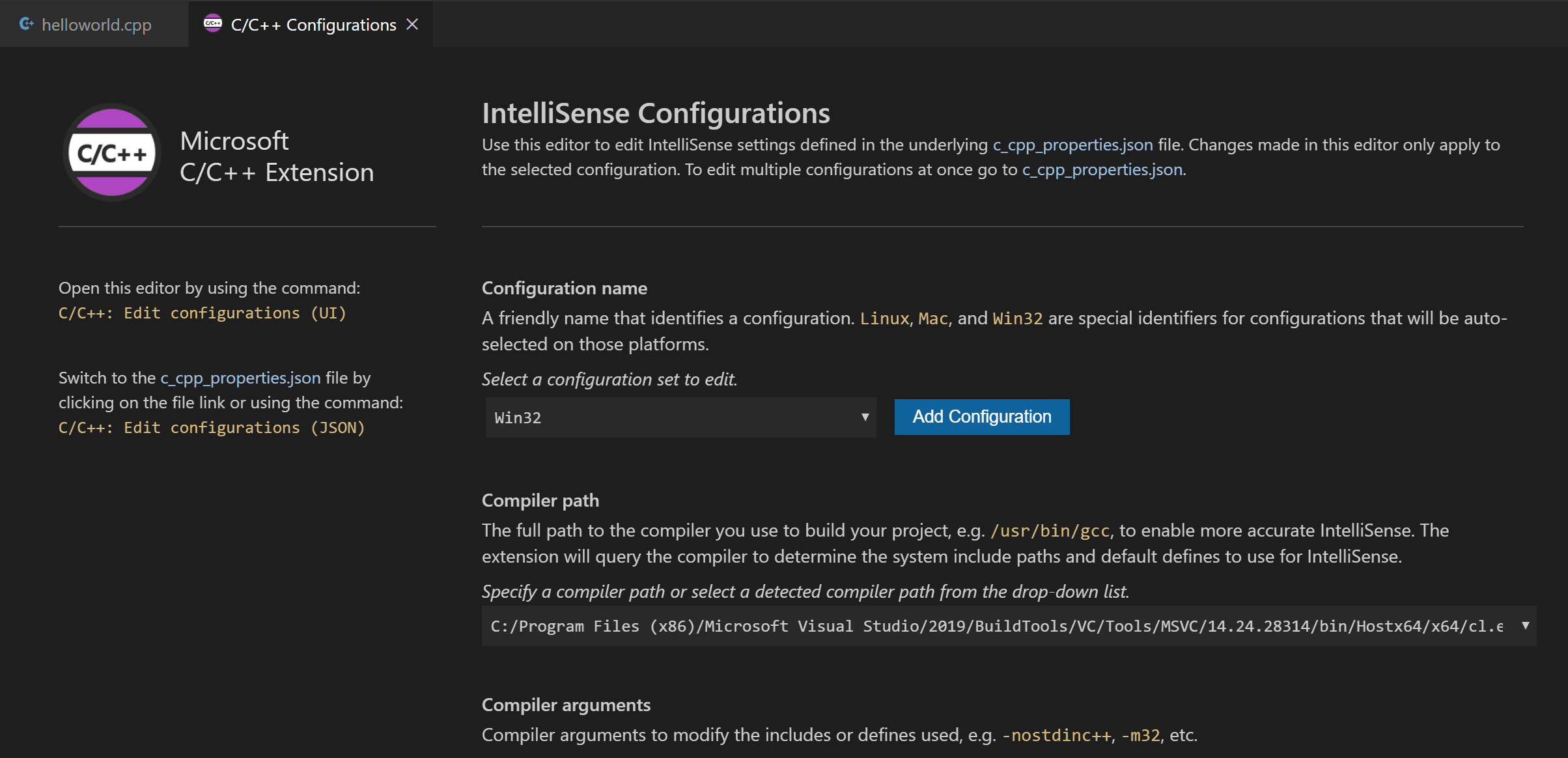

- MAC WATCH DIRECTORY FOR CHANGES AND RUN COMMAND HOW TO
- MAC WATCH DIRECTORY FOR CHANGES AND RUN COMMAND UPDATE
- MAC WATCH DIRECTORY FOR CHANGES AND RUN COMMAND FULL
- MAC WATCH DIRECTORY FOR CHANGES AND RUN COMMAND CODE
Your Mac Was Unable to Communicate With Your Apple Watched Error Message, How-to Fix.
MAC WATCH DIRECTORY FOR CHANGES AND RUN COMMAND HOW TO
MAC WATCH DIRECTORY FOR CHANGES AND RUN COMMAND FULL
How-To Grant An App or Terminal Full Disk Access.How-To Fix App or Terminal Error Operation Not Permitted by Granting Terminal or An App Full Disk Access.It Starts With Apple’s System Integrity Protection.
MAC WATCH DIRECTORY FOR CHANGES AND RUN COMMAND UPDATE
The good news is that it’s pretty darn easy to fix–we just need to update some of your Mac’s security and protection settings! So what exactly is causing this frustration and how can you remedy it? Find out what causes the “Operation not permitted” error message and learn how to fix it. MacOS is reliable and well-protected, but sometimes those protections go over the top. The “Operation not permitted” error message even appears when trying to read certain directories in the local user! It occurs when running third-party applications or after inputting command lines in Terminal-no matter how simple the request is! Many users are confronted with this irritating error message since updating to macOS Catalina-Mojave. They see this error on advanced commands like super-user sudo and change ownership chown commands but also on simple commands like the list directory command ls and others. If so you are not alone, quite a few of our advanced Mac readers tell us that their work is stymied by this “operation not permitted” error message. The second does what an Option-drag does, or what happens when you drag a file to a different disk or volume.Working with your Mac’s Terminal Utility but getting the error message “Operation not permitted?” Are Terminal commands that used to work in macOS High Sierra and Sierra not working? The first does the same as dragging a file to a new location on the same hard disk.

There are two commands for moving and copying: mv and cp. The same is the case from the command line. (You may know that you can copy a file in the Finder, even on the same hard disk, by holding down the Option key when you drag it.) However, if you drag a file from your Desktop to an external hard disk, you’ll see that the file remains in its original location this file has been copied. The file is no longer on the Desktop, and is found only in the Documents folder. If you’re in the Finder, and you drag a file from, say, your Desktop to your Documents folder, or any other folder on the same disk or volume, you move the file. The difference between copying and moving files
MAC WATCH DIRECTORY FOR CHANGES AND RUN COMMAND CODE
The command line-that hidden world of code behind your Mac’s pretty face-sometimes offers a quicker way to do everyday tasks, plus it’s just a cool way to establish your tech cred.


 0 kommentar(er)
0 kommentar(er)
